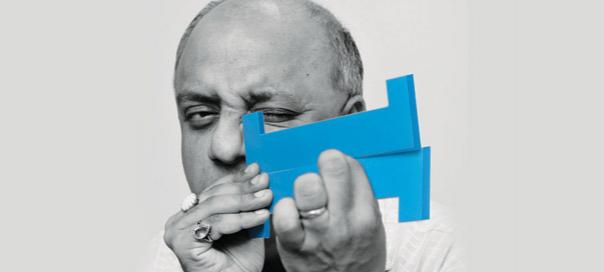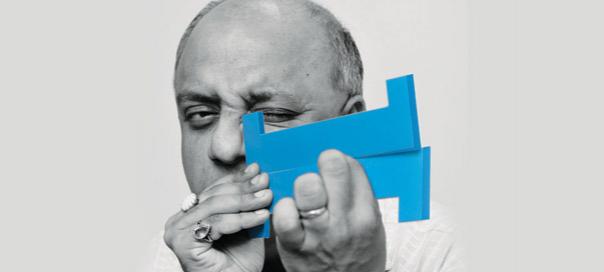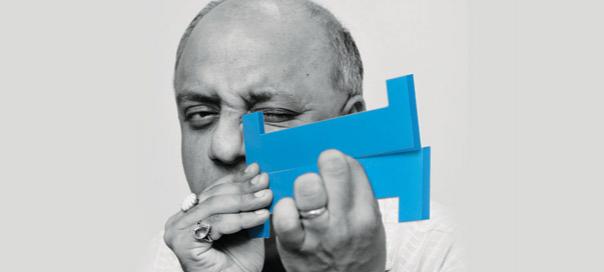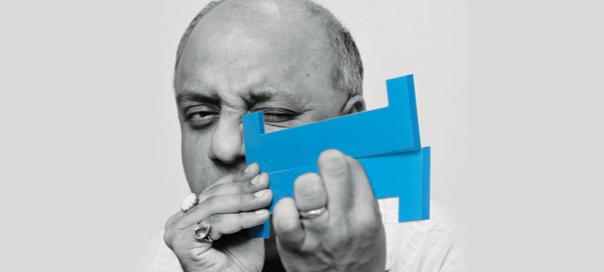The Indian media landscape is passing through interesting times. The last seven years have seen numerous media brands being launched in almost every domain – be it newspapers (eg: DNA, Mint, etc), GECs (eg: Colors, Imagine), music (eg: Masti, iTunes), magazines (eg: Vogue, GQ, Lonely Planet), digital (eg: ibibo), radio (eg: Fever, My FM, Oye), news channels (eg: Times Now, CNN-IBN) as well as many entities in the B2B space. But what is their success rate?
Admittedly, all big businesses begin as small businesses, but the sobering downside is that most small ones either fail or make it big within the first few years of their existence. This played out in the Indian media scenario too – just as every section of the media saw new entrants, predictably, they either survived or were bought over by bigger media brands and businesses. Look at what happened to NDTV Imagine - NDTV sold it to Turner. Turner and the Alva brothers launched REAL and let NDTV Imagine wither away. DNA has been a moderate success and its best is yet to come. In the last two years, if DNA had seen more investments coming in, it probably would have grown faster.
Meanwhile, all the builders who launched news channels know by now that the media business is the “small business of big people”. They have had to live with unsuccessful media brands and businesses or shut them down. They had to realize that a media business that is a ‘me-too’ brand and not governed by the established, working rules of the Indian media does not survive or thrive.
In this scenario, a very wise and seasoned corporate professional, Atul Sobti, launched the Friday Gurgaon, a weekly tabloid newspaper last week. Its agenda is to ‘cover Gurgaon for the residents of Gurgaon’. As is known, Gurgaon residents are an affluent community - a TG that any marketer would love to reach. Sobti understands business, investments, media, consumers and marketers rather well, having helmed Ranbaxy as CEO and worked at Hero Motocorp (Hero Honda then) as head of Sales & Marketing. At Hero, he built a brand using the media effectively and knows the efficacy of media vehicles. Let me also say that dissemination of news and information is going hyper-local, and Gurgaon badly needs a good in-depth Gurgaon- focus quality media product. Whether this product is a newspaper, a website or a TV channel is a matter of debate. If I were to run it, I would probably pick a website, a digital product. Probably, someone with broadcasting experience would want to bring in a TV brand.
Sobti has the right ideas. As only two editions of the Rs 7-cover-price Friday Gurgaon have come out so far, it is too early to comment on the product or the strategy, as it has a long journey to even the trust. The print numbers of these newspapers are also fairly large, indicating that Friday Gurgaon is up against two huge brands and deep pockets.
Traditionally, there are two paths that a beginner brand like Friday Gurgaon can take - confront the incumbent brands or strike a note of conciliation with them. While taking them on may bring immediate market share growth, it could provoke serious retaliation that the fledgling brand may not be able to sustain. On the other hand, the appeasement policy may bring short-term market survival, but stifle the new brand’s growth.
Does Friday Gurgaon then have a five- to seven-year survival horizon? Does it have a differentiated and better product than TOI or HT? From what I have seen of the first two issues, the new entrant has a long way to go. Does it have top notch talent in sales and marketing, and in editorial, to pull off the competition’s business gain? Does Sobti have Rs 100 crore to run his newspaper for the next four years?
Gurgaon is likely to see a Gurgaon-centric TV station and Gurgaon-centric websites. The area will probably have a lot of smaller media brands catering to hyper-local communities - say one for DLF, one for Sushant Lok and another for old Gurgaon. Sobti would have been better off doing a digital-only product rather than a newspaper. Information that can be accessed on handsets and digital devices in audio/video format is likely to be more effective there. I am sure he is already thinking along those lines. Newspapers and local editions are a tough business and ‘me-too’ content from a new entrant won’t work.
























